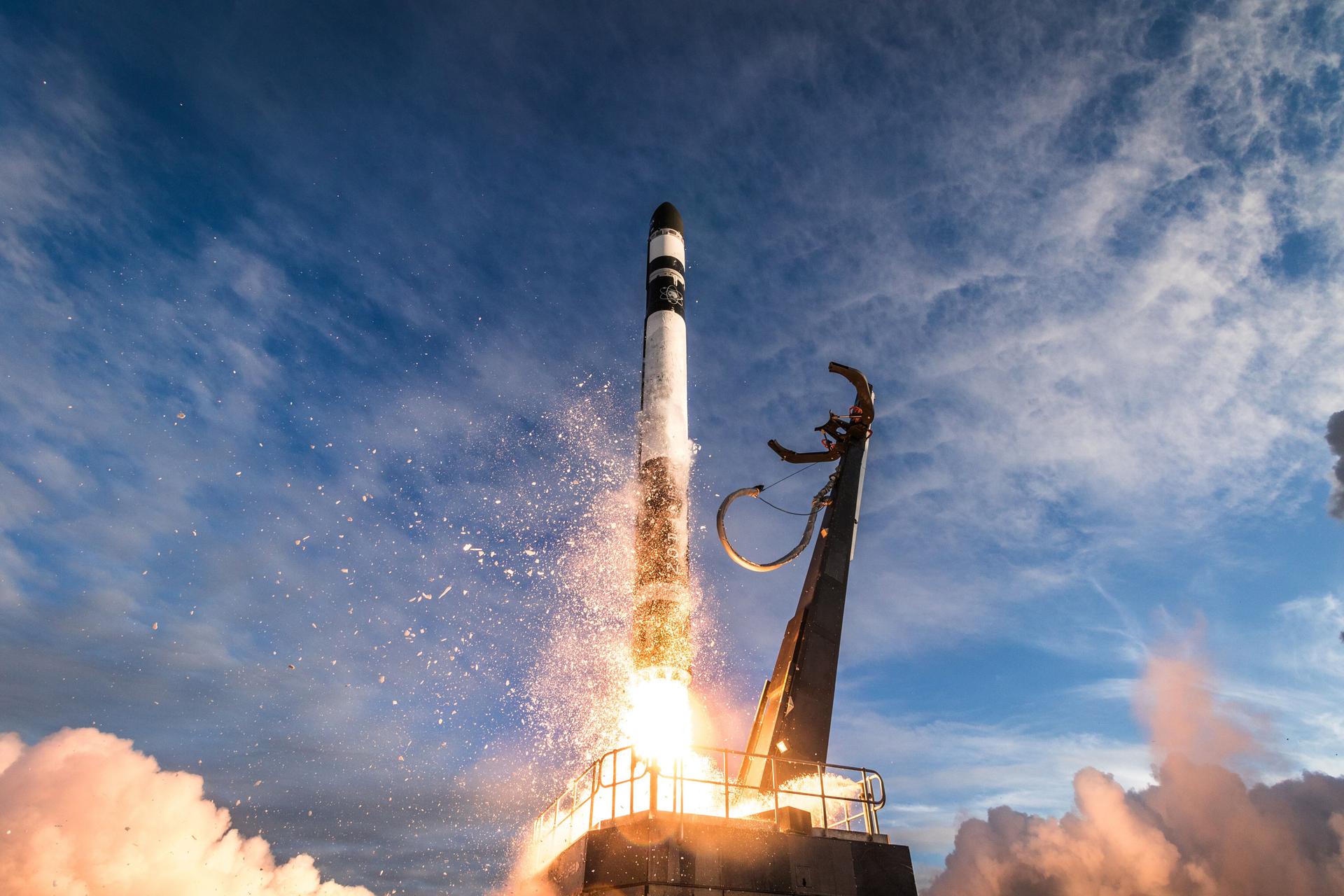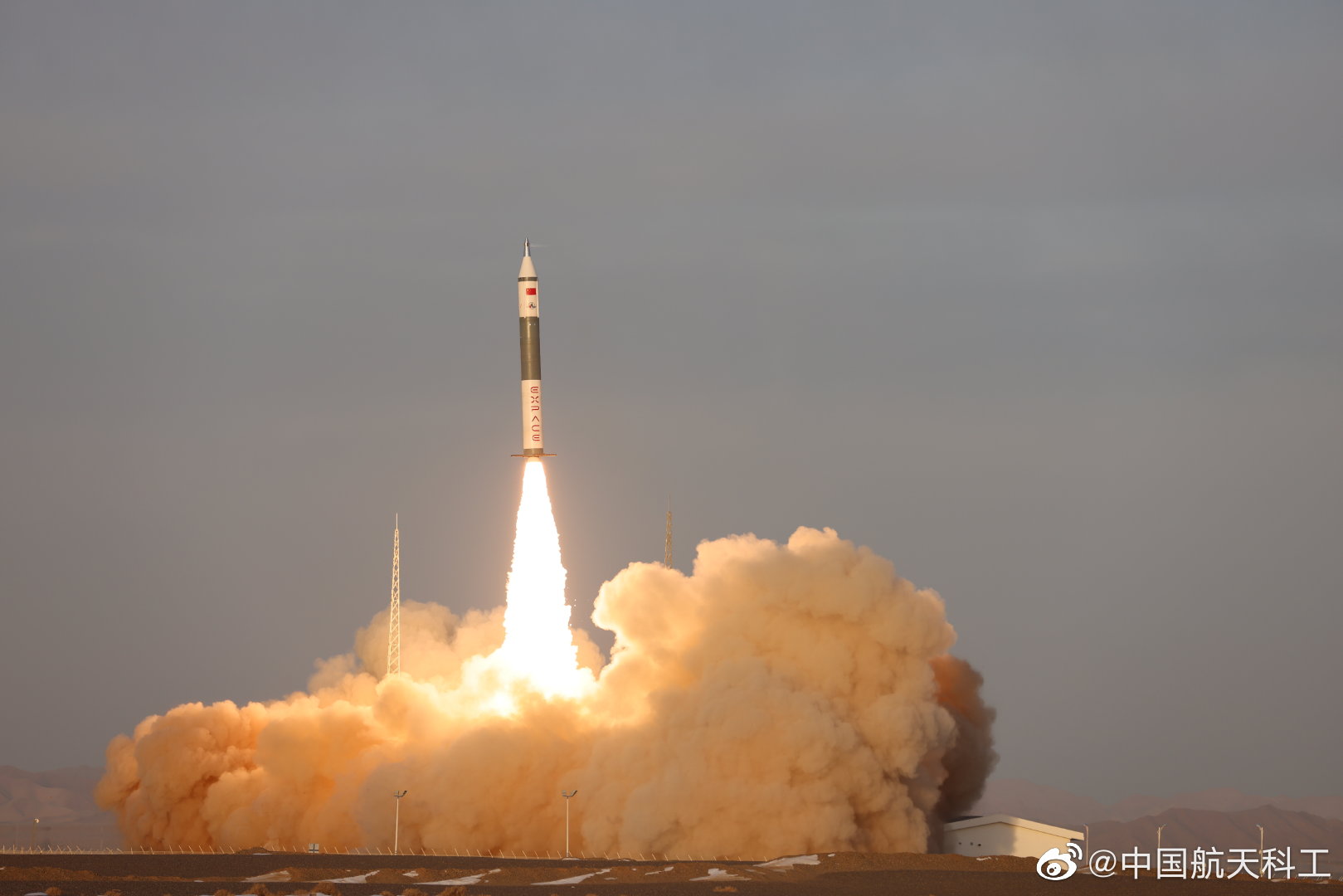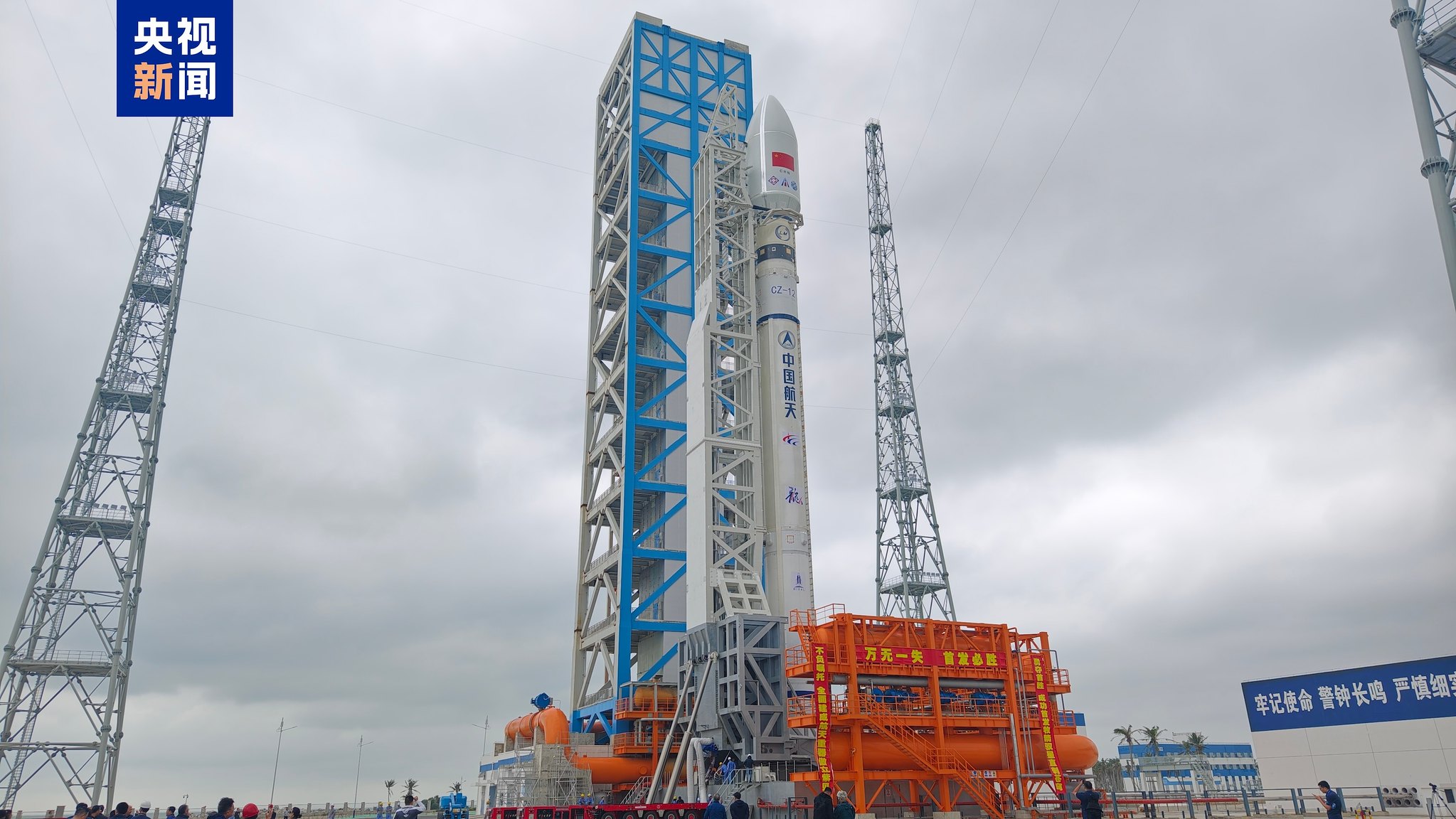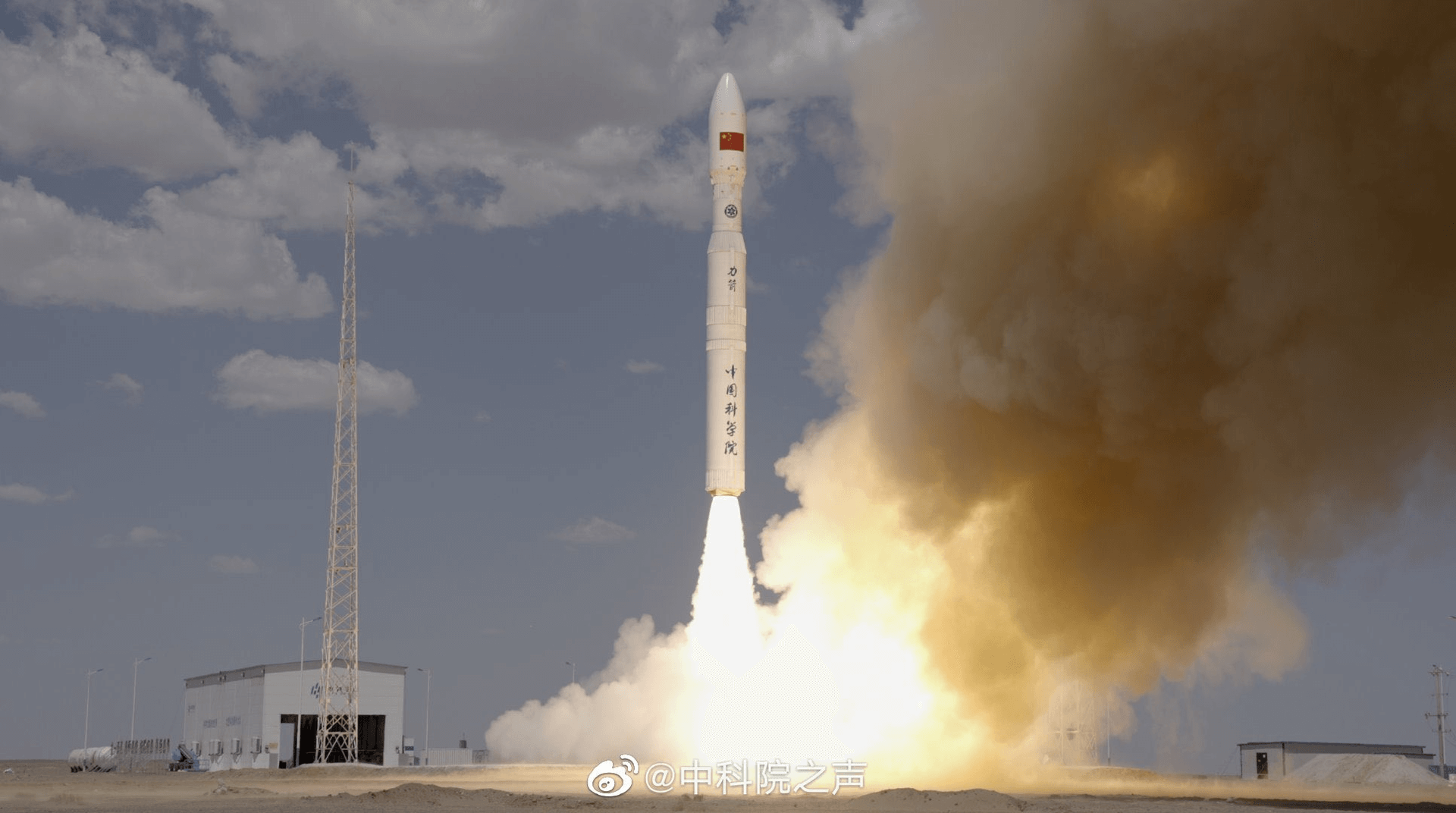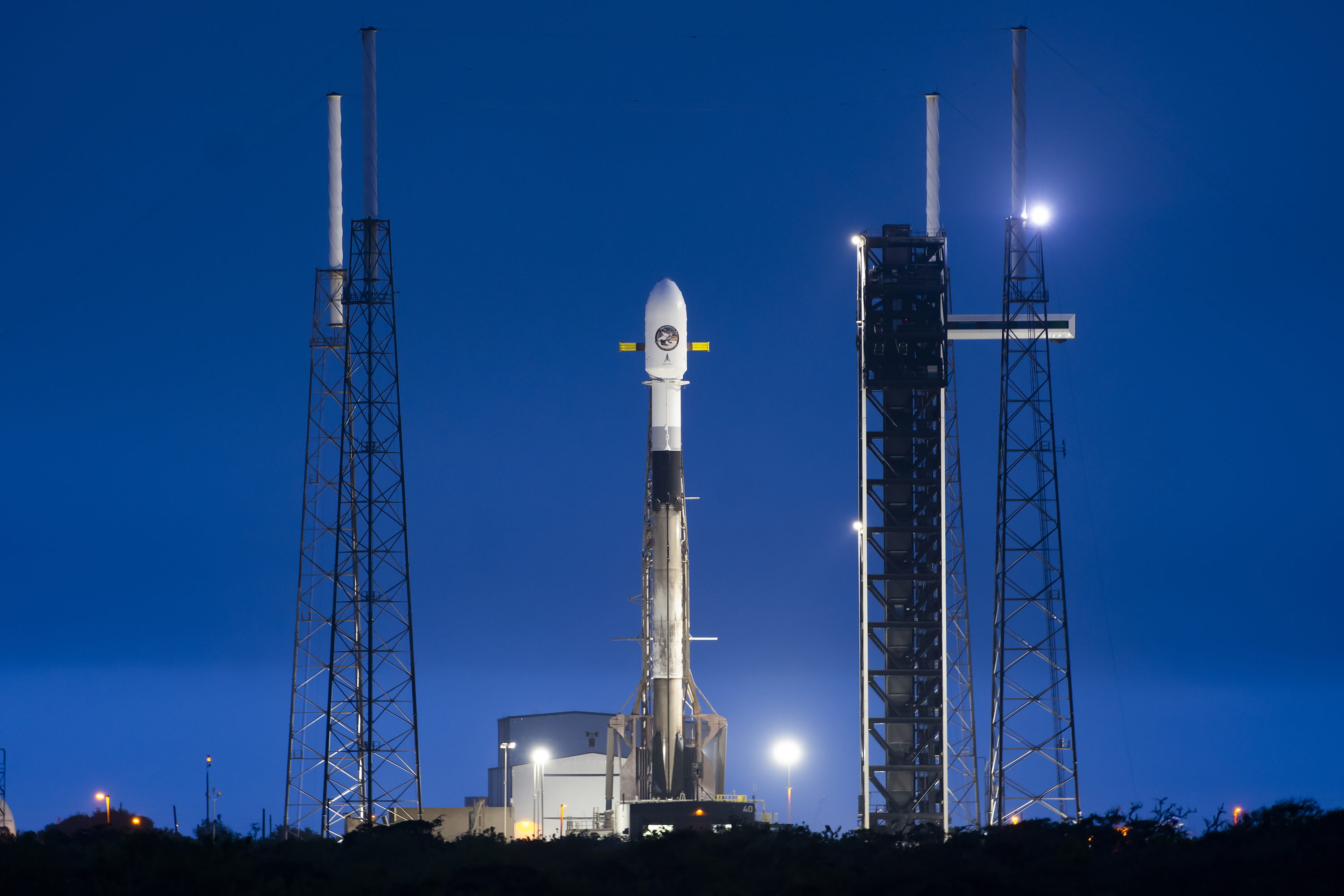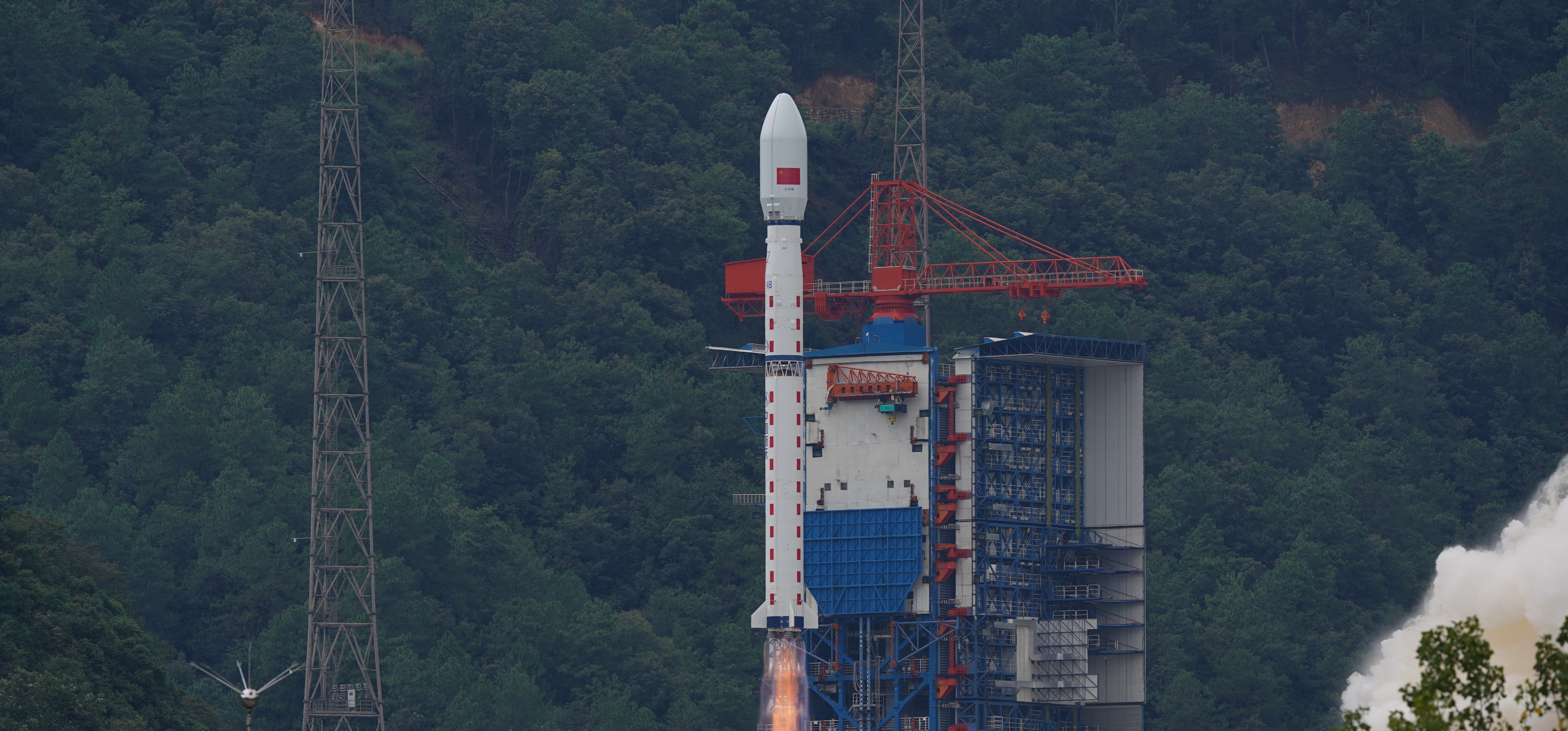Previous Spaceflight Launches
Filter by Agency, Locations or Vehicles
Show All LaunchesElectron | Raise and Shine (RAISE-4)
Rocket Lab | United States of AmericaRocket Lab Launch Complex 1, Mahia Peninsula, New Zealand
Dec. 14, 2025, 3:09 a.m.
Status: Launch Successful
Mission:
RAISE-4 (RApid Innovative payload demonstration Satellite-4) is a Japan Aerospace Exploration Agency (JAXA) satellite for on-orbit demonstrations of 15 demonstration components and equipment selected by public solicitation. The satellite will be operated in response to requests from the demonstration theme proposers, and will provide experimental data of the demonstration devices and environmental data during the experiments. 6 of the demonstration payload, as well as as well as 4 cubesats originally planned to ride on the same launch vehicle, are re-flight of those planned for RAISE-3, which failed to reach orbit in October 2022. The launch vehicle was switched from Epsilon-S to Rocket Lab's Electron due to continuous testing problems with the Epsilon-S' 2nd stage motor. The original 8 hitch-hiking cubesats will be launched on another Electron rocket later.
Sun-Synchronous OrbitKuaizhou 11 | DEAR-5
ExPace | ChinaJiuquan Satellite Launch Center, People's Republic of China
Dec. 13, 2025, 1:08 a.m.
Status: Launch Successful
Mission:
DEAR-5 is a commercial in-orbit payload and micro-gravity experiments hosting spacecraft developed by Chinese commercial company AZSPACE for various civilian customers, with capability to carry a maximum of 300 kg of payload for up to 1 year in orbit.
Low Earth OrbitLong March 12 | SatNet LEO Group 16
China Aerospace Science and Technology Corporation | ChinaWenchang Space Launch Site, People's Republic of China
Dec. 11, 2025, 11 p.m.
Falcon 9 Block 5 | Starlink Group 6-90
SpaceX | United States of AmericaCape Canaveral SFS, FL, USA
Dec. 11, 2025, 10:01 p.m.
Falcon 9 Block 5 | Starlink Group 15-11
SpaceX | United States of AmericaVandenberg SFB, CA, USA
Dec. 10, 2025, 11:40 a.m.
Kinetica 1 | 9 satellites
CAS Space | ChinaJiuquan Satellite Launch Center, People's Republic of China
Dec. 10, 2025, 4:03 a.m.
Falcon 9 Block 5 | NROL-77
SpaceX | United States of AmericaCape Canaveral SFS, FL, USA
Dec. 9, 2025, 7:16 p.m.
Long March 3B/E | TJSW-22
China Aerospace Science and Technology Corporation | ChinaXichang Satellite Launch Center, People's Republic of China
Dec. 9, 2025, 3:08 p.m.
Long March 4B | Yaogan 47
China Aerospace Science and Technology Corporation | ChinaJiuquan Satellite Launch Center, People's Republic of China
Dec. 9, 2025, 3:41 a.m.
Falcon 9 Block 5 | Starlink Group 6-92
SpaceX | United States of AmericaKennedy Space Center, FL, USA
Dec. 8, 2025, 10:26 p.m.
